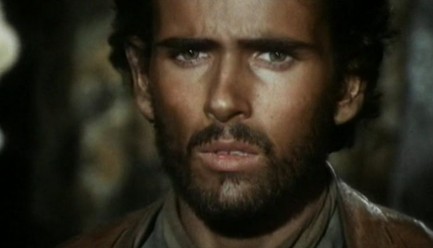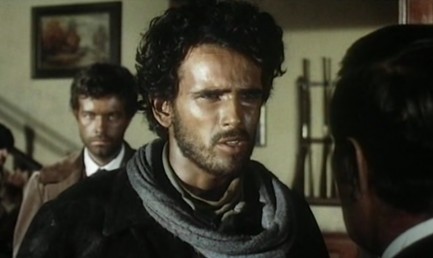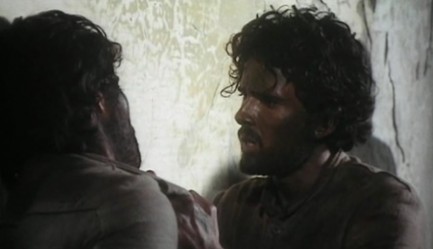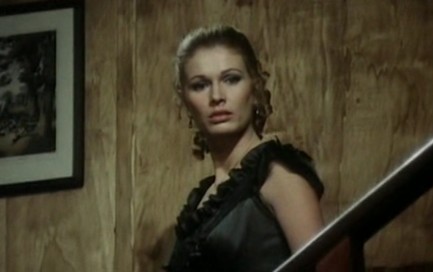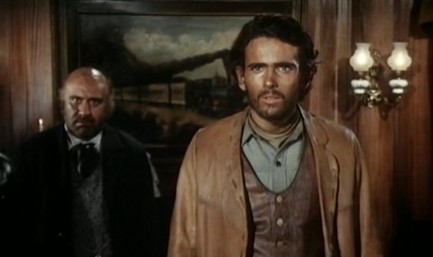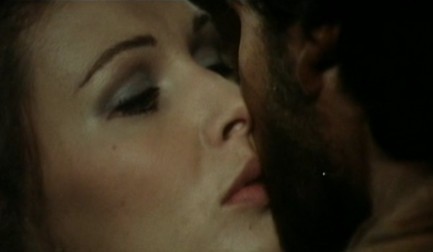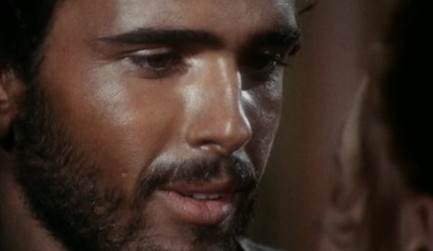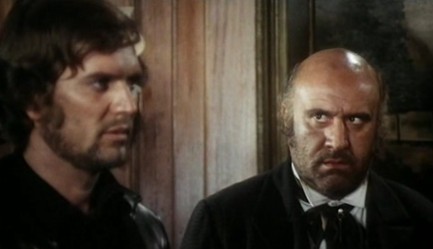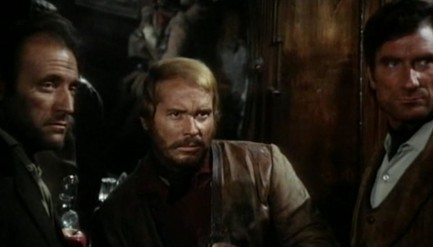 Did somebody order a spaghetti western with extra cheese? 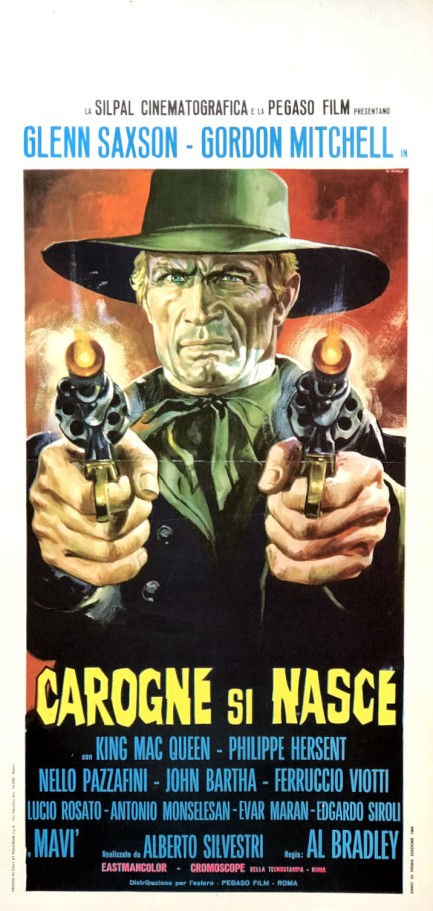
We take every opportunity we can to show you the work of Renato Casaro, even when it's used to promote a movie as bad as Carogne si nasce. Casaro painted a lot of spaghetti western posters but this one is a bit more intense than most. There's a reason for that—the character he painted was intense. The movie is known in English as Cry of Death, and it deals with conflict that erupts between squatters and ranchers in fictional Houstonville, Texas, and the marshal—Glenn Saxson—who first tries to stay out of it, but later chooses a side when he realizes that inside the land rights struggle is a deeper problem regarding someone's secret past and corruption amongst the town bigwigs. This is one cheap-ass movie. The budget is exemplified by a barroom brawl during which a character is shoved through a cardboard wall. Every castmember is a b-level actor at best. And the script—don't even bring up the script. It's like it was accidentally shot full of holes during one of the gunfights. But we'll give this cheeseball movie one thing—the main bad guy is amazing. He's played by ex-bodybuilder Gordon Mitchell, and he looks like a demon wearing bronzer. Spaghetti western producers were good at casting villains, and Mitchell fits the tradition with a capital V. Otherwise, this flick—even with its final act twist—is nowheresville. Carogne si nasce premiered in Italy today in 1968
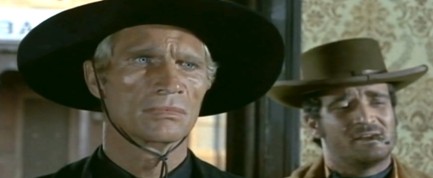 That's right. I'm the bad guy. You never guessed, did you? That's right. I'm the bad guy. You never guessed, did you?
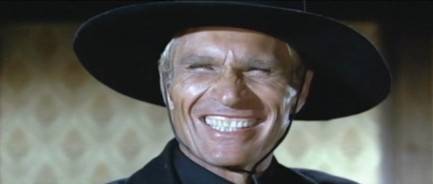 I'm pure evil, but I can smile winningly. See? I'm pure evil, but I can smile winningly. See?
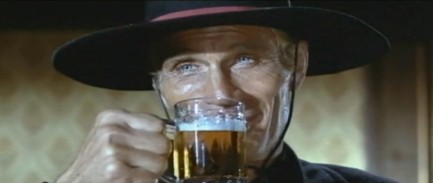 Though I'm from hell and consume only souls, I can mimic human rituals such as drinking beer. Though I'm from hell and consume only souls, I can mimic human rituals such as drinking beer.
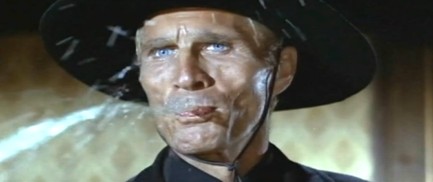 But I don't mimic swallowing it. My master should serve this pisswater to the thirsty wretches in his realm. But I don't mimic swallowing it. My master should serve this pisswater to the thirsty wretches in his realm.
 Is Django le carogne hanno un prezzo a disaster from start to finish? Why of corpse it is! 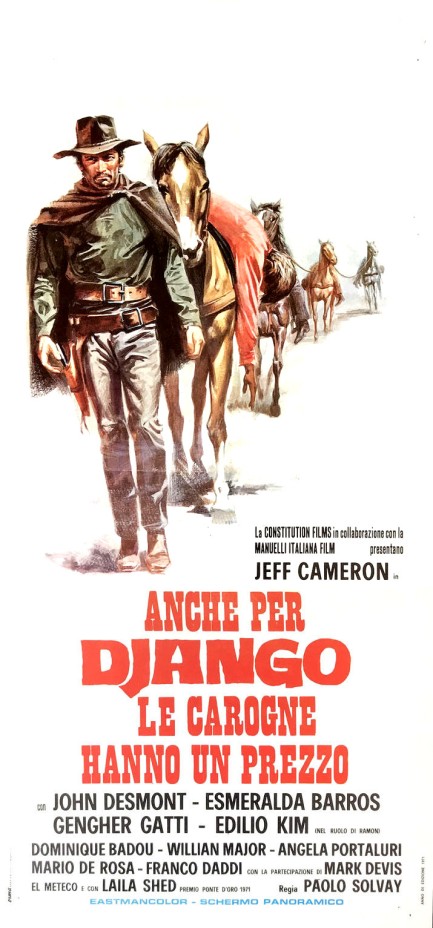
We love it when a plan comes together. We told you we hoped to watch this movie, and luckily it premiered today in 1971, mere weeks after we featured co-star Dominique Badou and her bizarro butt stripe. What you're seeing is a poster for the spaghetti western Anche per Django le carogne hanno un prezzo, known in English—amazingly—as Django's Cut Price Corpses. But a unique and snazzy title does not a good movie make. Pardner, this is by far the worst western we've ever seen. It has to be a satire. It absolutely must. But as we've discussed before with satire, if it's poorly made you often lose the ability to discern whether the filmmakers actually are just inept.
This one—and by the way we don't actually think it's a satire—is the sad work of Luigi Batzella, whose other movies include Achtung! The Desert Tigers and The Devil's Wedding Night. So it turns out Django's Cut Price Corpses isn't such a unique title after all. The movie is about bounty hunter Jeff Cameron searching for the notorious Cortez Brothers, who recently stole gold from a Silver City bank and kidnapped a woman. Cameron rides into town and pre-orders some coffins, signaling his firm intent to kill, in a bit that is possibly—no definitely—stolen from Clint Eastwood. He makes an uneasy partnership with Gengher Gatti and John Desmont, who both want the Cortez Brothers for their own reasons, and off they go into the hills on their hunt.
However, Cameron may have secret motives. Oh, hell, why are we bothering to be coy? He's really there to rescue his fiancée Dominique Badoue, who is the kidnappee from the bank job. This twist is revealed by the undercover cowboy in the final two minutes. Yes, that's a spoiler, but we care about you, and now maybe you'll watch a better movie, or read a good book, or drink a bottle of mezcal and hurl, or get an eyelid tattoo, or have someone smash your fingers flat with a meat tenderizer on a marble countertop. All are better options than Luigi's cut price western. How bad are we talking? In the wide shots we kept expecting to see cars passing and—bingo!— at moment 36:34 in a stagecoach scene, there it was. No horses were harmed in the making of Anche per Django le carogne hanno un prezzo, but numerous careers should have ended up in the glue factory. 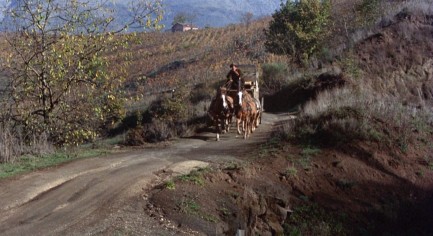 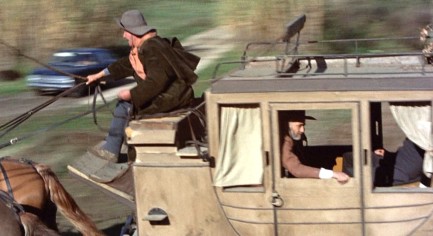 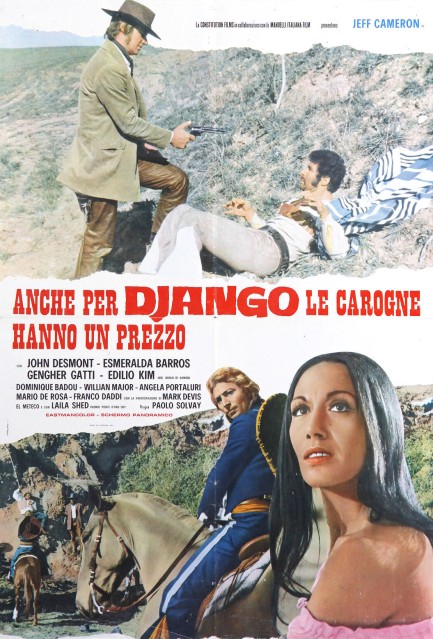
 She was a showgirl, a yellow hat atop her hair, and a pistol out to there... 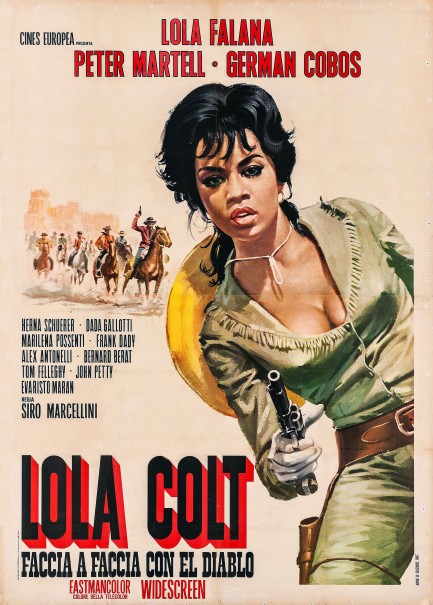 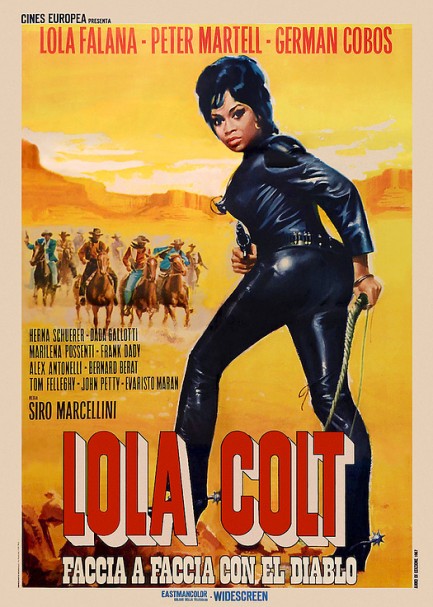
Lola Falana fronts these collectible posters for the Italian adventure flick Lola Colt, a movie made during the spaghetti western craze of the late sixties, and later re-released in the U.S. during the blaxploitation era as Black Tigress. It tells the classic western story of a town controlled by a ruthless landowner and the town's efforts to topple him. It won't be easy, not least because El Diablo, as they call him, keeps hostages on his ranch. Falana plays a showgirl (with a repertoire of modern musical numbers) who decides to set up El Diablo for a fall. A doctor played by Peter Martell tries to help, but he mostly gets pummeled, which does not  set a good example for others concerning potential rewards for bravery. set a good example for others concerning potential rewards for bravery.
But as always happens in these movies, the townies will be pushed too far eventually, and that happens when the gang shoots a kid. You can guess what happens next—a mass showdown pitting local yokels against evil cowpokes.
We don't want to dismiss the film. It's not good, but it is significant. We can't think of another western up to this point that has a black woman in the lead (maybe one of you out there in pulpland can correct us). That makes Falana a trailblazer, and while she rewards the filmmakers' risktaking with a game performance, overall we wish the result had been better. Well, at least we have a photo of Falana naked on a horse. If only it had happened in the movie. Lola Colt premiered in Italy today in 1967.
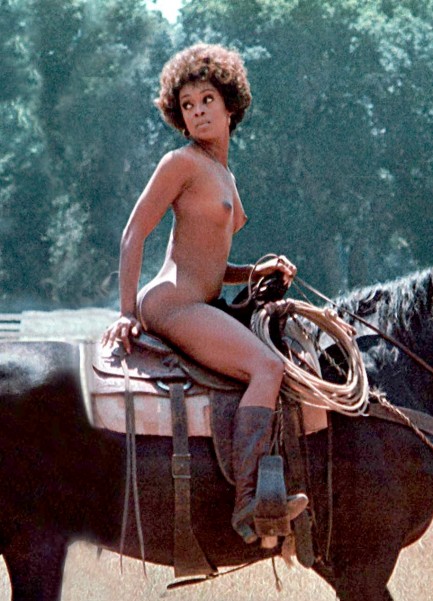 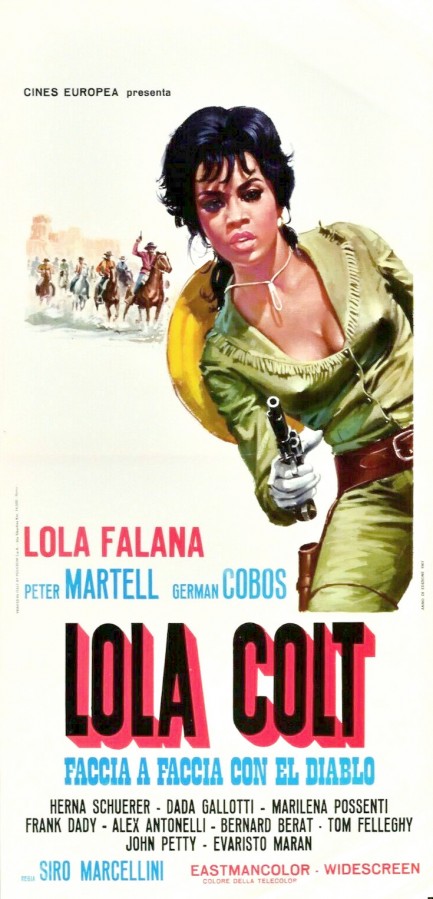
 Revenge is a dish best served with hot lead. 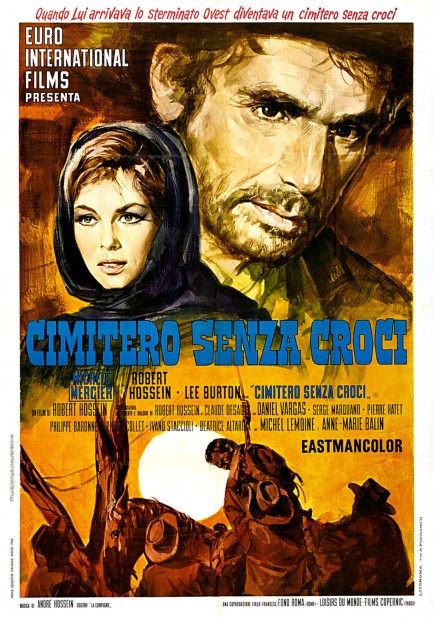
Above is a poster for the French-Italian western Une corde un Colt..., which in Italy was titled Cimitero senza croci and in English was known as Cemetery without Crosses. It premiered in France in January 1969, then opened in Italy today the same year. This falls into the spaghetti western category, with a mostly Italian crew shooting in Spain with actors from France, Spain, and Italy. But before we get too deep into the movie, we want to note that there's a brilliant title song performed by Scott Walker. If you don't know this musical legend, we highly suggest you familiarize yourself with his work. He was a genius who specialized in downbeat pop music that had a cinematic scope. We have all his albums, and they're all great.
The movie is a revenge tale in which French hottie Michèle Mercier seeks to punish the scoundrels who double-crossed and hanged her man. She appeals to her hubby's pal Robert Hossein—also the director and co-writer of this epic—who refuses until it becomes clear Mercier will take on the difficult task herself if she must. So Hossien agrees, and opts for the direct route to revenge by signing on with the enemy, then double-crossing the clan leader by kidnapping his daughter. This turns out to have unexpected consequences, but then that's the thing about revenge—it rarely goes as smoothly as hoped. Just ask Dick Powell.
As westerns go, this one has all the required elements—rickety old frontier town, unshaven steely-eyed villains, frilly saloon girls, and so forth. The genre also tends to feature repetitive visual gimmicks, and in this one Hossein always slips on a single black glove when he's about to ventilate someone. He's sort of a reverse Michael Jackson that way, except when he puts on the glove it's everyone else who starts to walk backwards. Ultimately, we suppose Cimitero senza croci asks whether it's better to move on from injustice, or risk one's figurative soul by seeking to personally balance the cosmic scales. It's not quite an Eastwood calibre western, but then again how could it be? For fans of the genre it'll go down like a smooth barroom whisky.
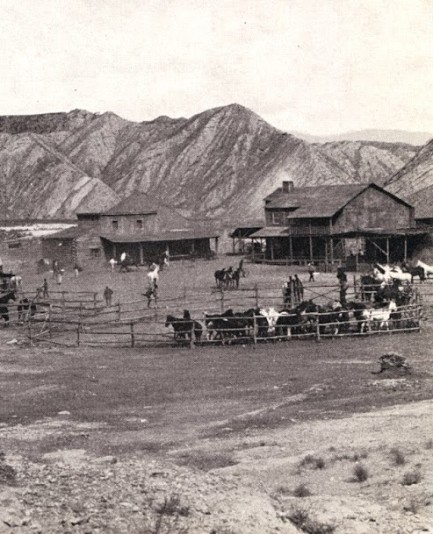 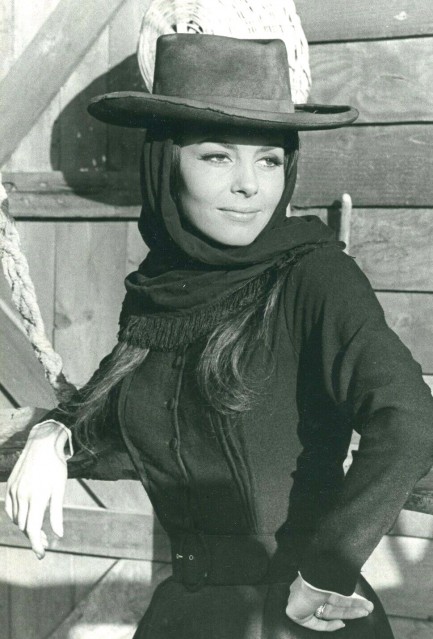 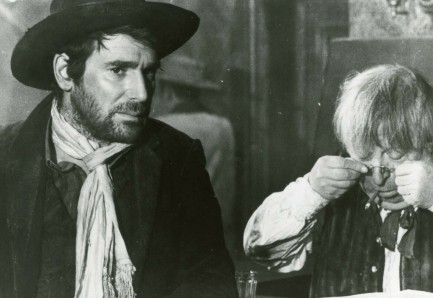 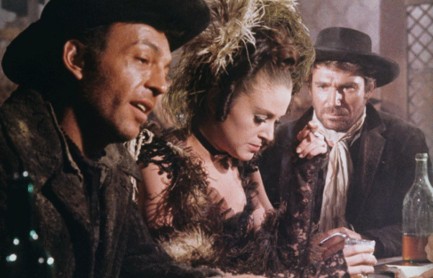 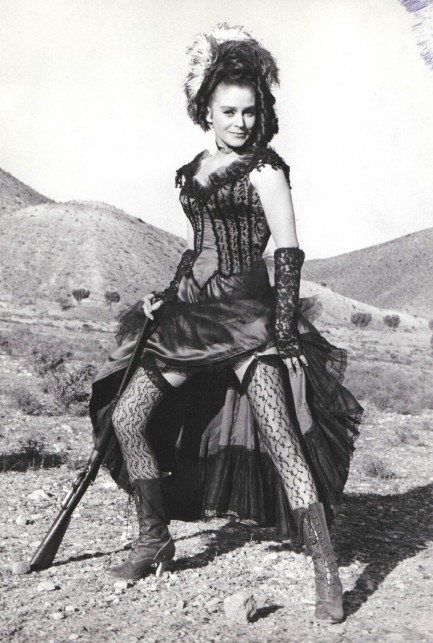 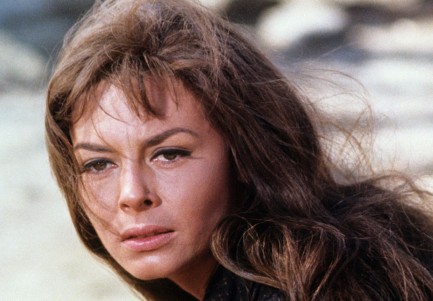 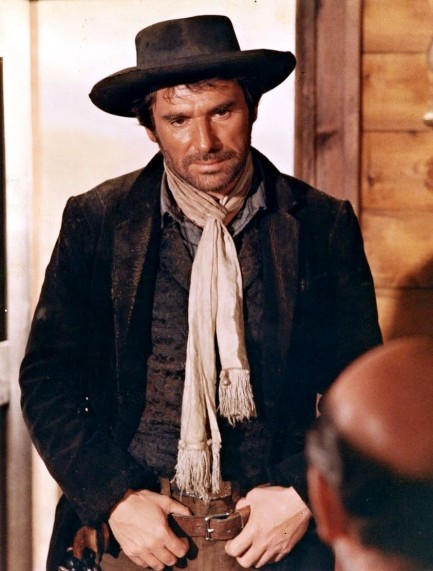 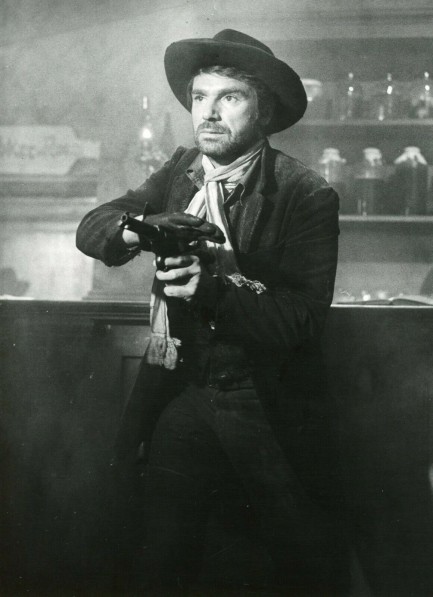 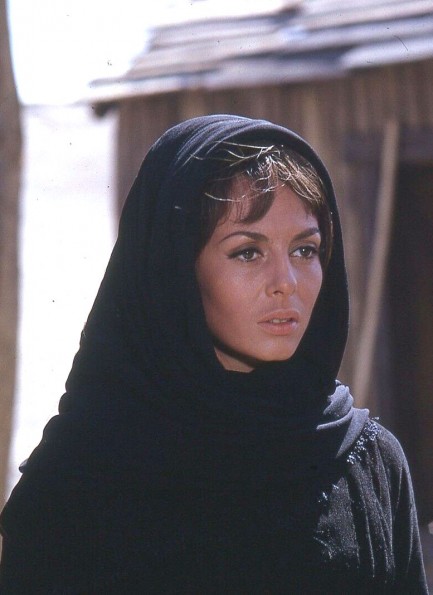 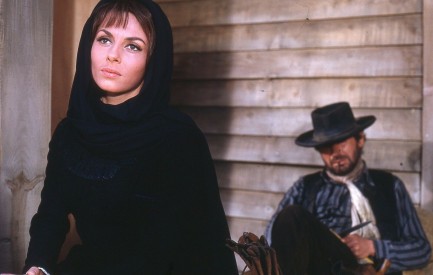 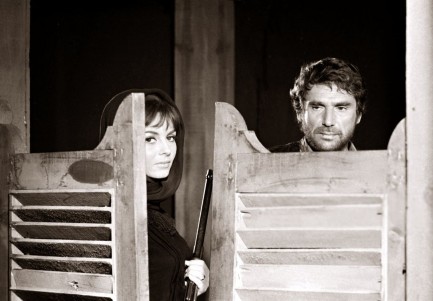 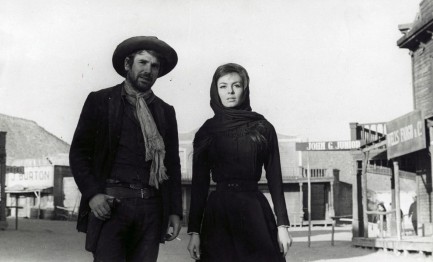
 The one on the grassy knoll got away, so let's tell everyone the only assassin was this guy. 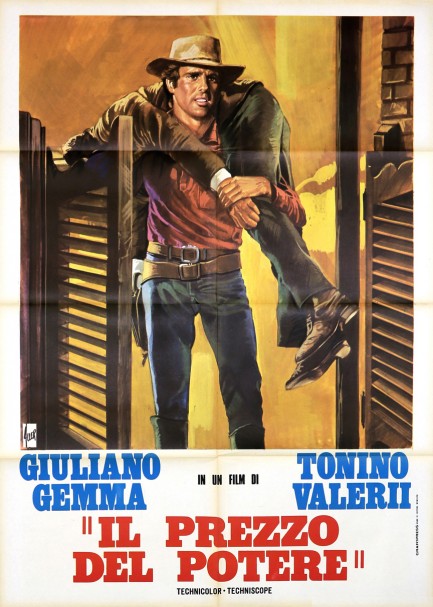
Above is a poster for the spaghetti western Il prezzo del potere, aka The Price of Power, which opened in Italy today in 1969 and deals with real life events—the assassination of U.S. president James Garfield, who was shot in July 1881 and died eleven weeks later. In real life Garfield was shot in a train station, but in the movie the shooting is set up exactly like JFK's killing, with the exception that Garfield takes a single bullet in the side of the neck. Interesting flick, with Norma Jordan in a bit role, though not one we can call good, precisely. But as a curiosity, you may find it worth your time. The promo poster was painted by Aller, aka Carlo Alessandrini. As we mentioned last month, someone wrote a book that finally identified the guy and we're happy to funnel that info into the online universe. Now that we know more about Alessandrini we plan to post more of his work, and today is yet another great example.
 Famed movie cemetery rises from the dead. 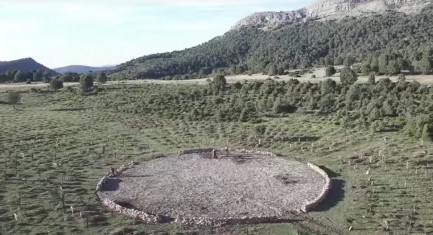
Spaghetti westerns earned their name because they generally premiered in Italy and the studios that financed them were usually Italian, but the films were often predominantly shot in Spain. The climax of The Good, the Bad and the Ugly, with its unforgettable three-way gunfight between Clint Eastwood, Eli Wallach, and Lee Van Cleef, was shot outside the town of Santo Domingo de Silos, Spain, in the province of Burgos, in a unique circular cemetery put together by set builders. In the script it was called the Sad Hill Cemetery. After the shoot Sad Hill was abandoned, and soon nature began to overtake the set.
That would have been the end of the story, but a group of film fans calling themselves the Sad Hill Cultural Association decided Sad Hill was a historic film treasure deserving of resurrection, and pledged to rescue it from oblivion. Toiling in their spare time, they labored with pick, hoe, and shovel to clear the site. They needed money to accomplish the work, so they set up a crowdfunding campaign with a unique enticement—those who contributed would have their names inscribed on the restored grave markers. The restoration efforts are finally complete, and the famous graveyard has been returned to its former state.
Spanish filmmaker Guillermo de Oliveira shot a documentary about the salvation efforts, and hopes to release a film titled Sad Hill Unearthed. He's now trying to raise money to pay for the rights to clips and music from The Good, the Bad and the Ugly, with the plan to premiere the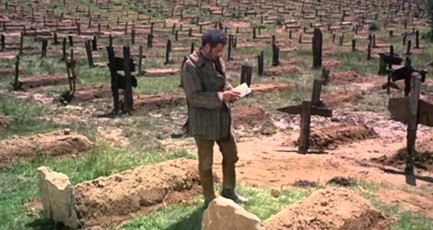 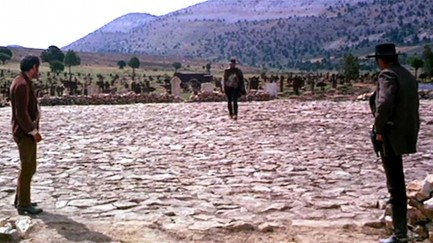 finished product at film festivals and share the restorer's unique dedication with the world. Meanwhile Sad Hill will become not only a tourist attraction for people passing through the province of Burgos, but a destination for those who contributed to its renewal. As Oliveira commented, “It’s the only cemetery in the world where you can visit your own grave.” finished product at film festivals and share the restorer's unique dedication with the world. Meanwhile Sad Hill will become not only a tourist attraction for people passing through the province of Burgos, but a destination for those who contributed to its renewal. As Oliveira commented, “It’s the only cemetery in the world where you can visit your own grave.”
 Been through the desert on a horse with no name. 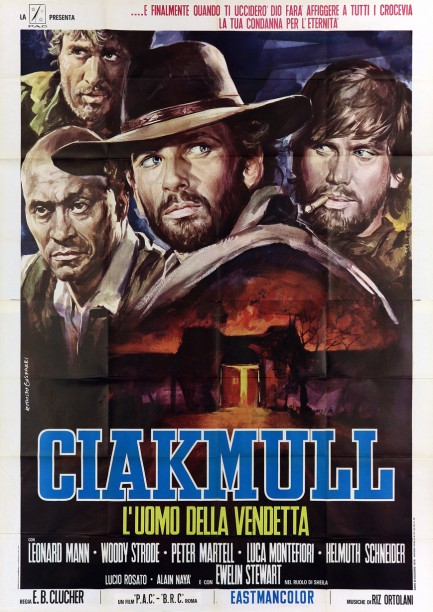
It isn't the horse that has no name in the spaghetti western Ciakmull—L'uomo della vendetta, but the man. Probably that's true in the song too, though we've never given it serious thought. In any case, above you see a beautiful Rodolfo Gasparri promotional poster for the movie, which premiered in Italy today in 1970. The title means “Ciakmull—Man of Revenge,” but it was changed to The Unholy Four for the movie's English language release. And what's unholy about the four characters referenced by the title? They're all lunatics to one degree or another, freed from a mental asylum when it was burned down by robbers as a diversion during a gold heist. The four nutjobs band together and what follows is formless Cormac McCarthyesque wandering until Ciakmull, who's amnesiac hence nameless, collides with his former life. He learns he's actually Chuck Mool, a real bad hombre, and he has some scores to settle. You're thinking, Mool? Like from the Reno Mools? The Abilene Mools? What the hell kind of last name is that? Well, it isn't his last name. But he has one of those, and when it's revealed everything finally becomes clear. Or at least it's clear only if he's been told the truth. But what if somebody has lied to him about his identity? Well then all bets are off. On the whole Ciakmull—L'uomo della vendetta is a pretty good spaghetti western, but maybe not a good movie. That's okay, though. Spaghetti westerns aren't supposed to be good. If they were, they'd have called them strangozzi al tartufo nero westerns. The movie slots into the genre perfectly—which is to say it's filled with gunplay, dust, horses, hard sun, five o'clock shadows, and lots of steely eyed glares. Give it a watch with cheesiness foremost in your mind and you may like it. Does anyone here know my name? I'm hoping it's something insanely cool, like Beardy McMustache. Ciakmull? That's horrendous. My hair is way too good for me to have a name like that. I ain't fuckin' around here, buddy. Stop calling me that. Wait. What? You're my sister? Holy shitballs, girl—you fine! I know you haven't touched a woman in years, so I'm just gonna rub up on you a little. There. Isn't that nice? This amnesia thing has its advantages, because I feel totally fine about what's happening in my Wranglers right now. Did you see that? That was not a brother-sister type greeting. You saw that, right? Yeah, we all saw it. Hey, Ciakmull? Buddy? Those chaps ain't doing a good job hiding that pup tent you got going.
 In the land of the blind the painter is king. 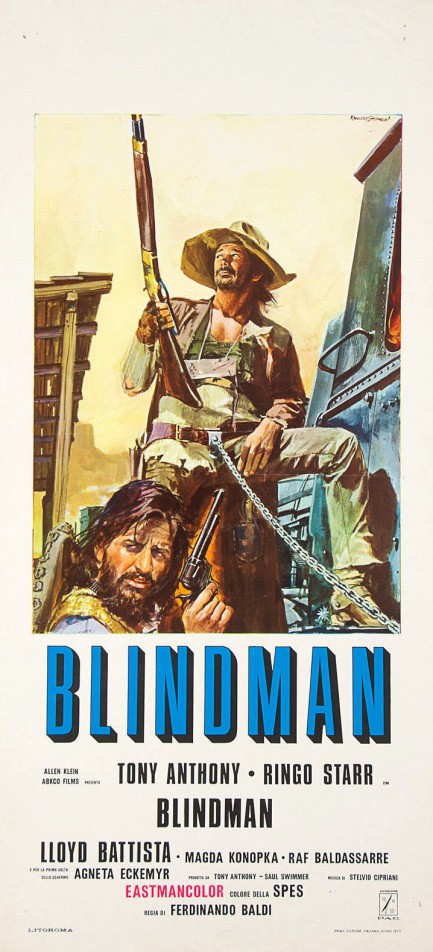 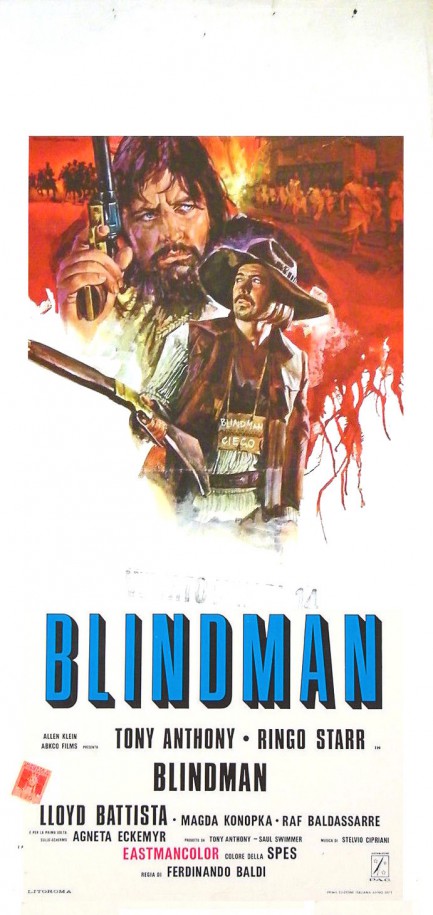
Above, two more posters for the spaghetti western Blindman, starring Tony Anthony and Ringo Starr. We talked about the movie last month on the day of its 1972 Japanese premiere. Its Italian premiere was a year earlier, today in 1971. These two great pieces were painted by Rodolfo Gasparri, yet another top notch Italian poster artist, whose work you've seen before on his nice promo for Klute. We'll have more from him later.
 Justice is blind, but it can still shoot straight. 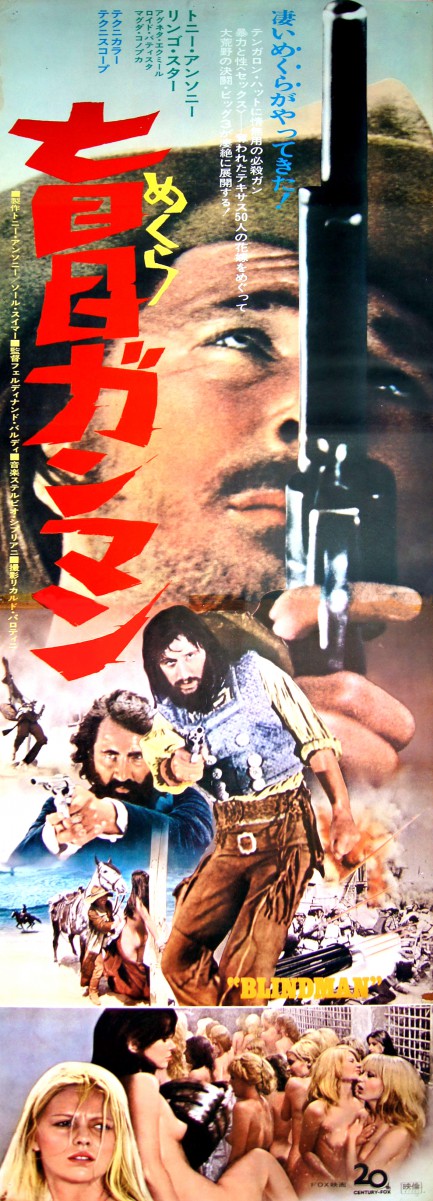
This nice poster was made for the 1971 spaghetti western Blindman, a forgotten classic in an inherently cheesy genre. Tony Anthony plays a nameless blind gunman out to rescue fifty European women promised as brides to a group of miners in Lost Creek, Texas, but who were instead kidnapped to Mexico by a gang of bandits. Anthony channels Clint Eastwood, but we don’t mind because he does determined menace passably well, helped in his portrayal by a pair of creepy blind guy contact lenses from the prop department. How he can successfully aim at his quarries in order to aerate them is never addressed, but really, why bother to question it? It’s all good fun, especially because one of the main villians is Ringo Starr, and some of the fifty brides include Agneta Eckemyr, Krista Nell, Janine Reynaud, and Solvi Stubing, who’s certainly worth killing for. Shootouts, fistfights, explosions, and a double-cross or two equal spaghetti western gold. Blindman premiered in Japan today in 1971. 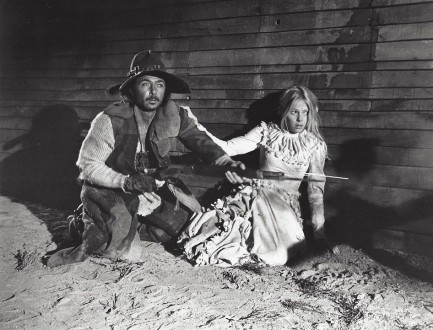 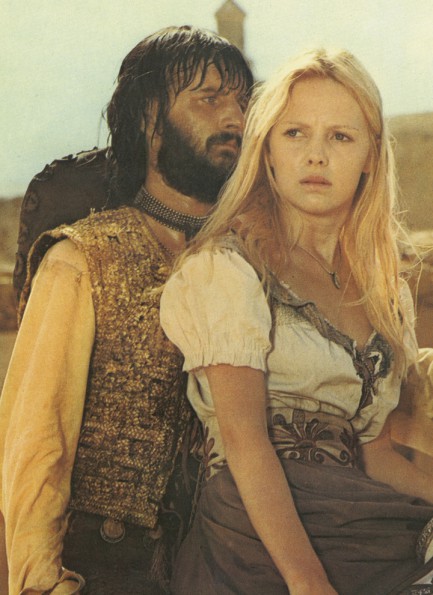

|
 |

The headlines that mattered yesteryear.
2003—Hope Dies
Film legend Bob Hope dies of pneumonia two months after celebrating his 100th birthday. 1945—Churchill Given the Sack
In spite of admiring Winston Churchill as a great wartime leader, Britons elect
Clement Attlee the nation's new prime minister in a sweeping victory for the Labour Party over the Conservatives. 1952—Evita Peron Dies
Eva Duarte de Peron, aka Evita, wife of the president of the Argentine Republic, dies from cancer at age 33. Evita had brought the working classes into a position of political power never witnessed before, but was hated by the nation's powerful military class. She is lain to rest in Milan, Italy in a secret grave under a nun's name, but is eventually returned to Argentina for reburial beside her husband in 1974. 1943—Mussolini Calls It Quits
Italian dictator Benito Mussolini steps down as head of the armed forces and the government. It soon becomes clear that Il Duce did not relinquish power voluntarily, but was forced to resign after former Fascist colleagues turned against him. He is later installed by Germany as leader of the Italian Social Republic in the north of the country, but is killed by partisans in 1945.
|

|
|

It's easy. We have an uploader that makes it a snap. Use it to submit your art, text, header, and subhead. Your post can be funny, serious, or anything in between, as long as it's vintage pulp. You'll get a byline and experience the fleeting pride of free authorship. We'll edit your post for typos, but the rest is up to you. Click here to give us your best shot.

|
|


 That's right. I'm the bad guy. You never guessed, did you?
That's right. I'm the bad guy. You never guessed, did you? I'm pure evil, but I can smile winningly. See?
I'm pure evil, but I can smile winningly. See? Though I'm from hell and consume only souls, I can mimic human rituals such as drinking beer.
Though I'm from hell and consume only souls, I can mimic human rituals such as drinking beer. But I don't mimic swallowing it. My master should serve this pisswater to the thirsty wretches in his realm.
But I don't mimic swallowing it. My master should serve this pisswater to the thirsty wretches in his realm.







 set a good example for others concerning potential rewards for bravery.
set a good example for others concerning potential rewards for bravery.
















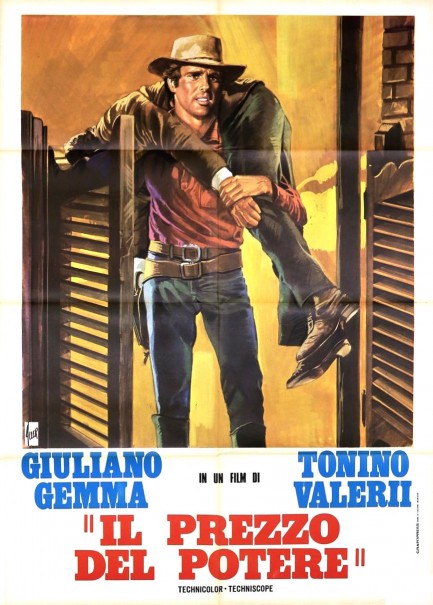
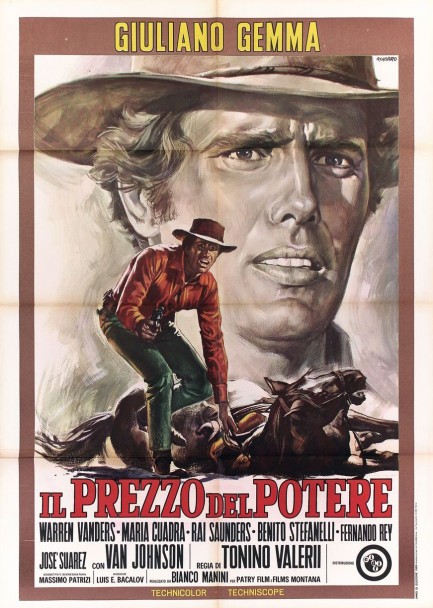
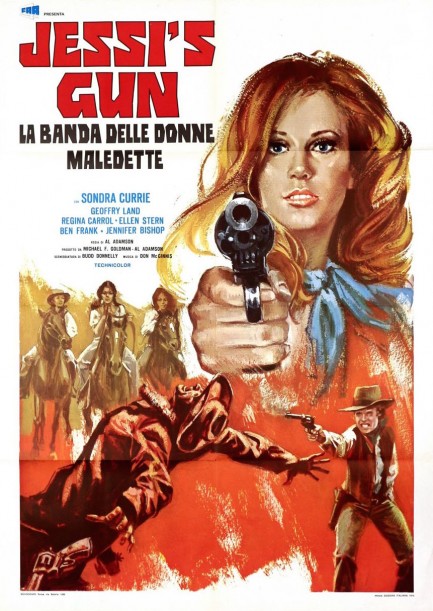
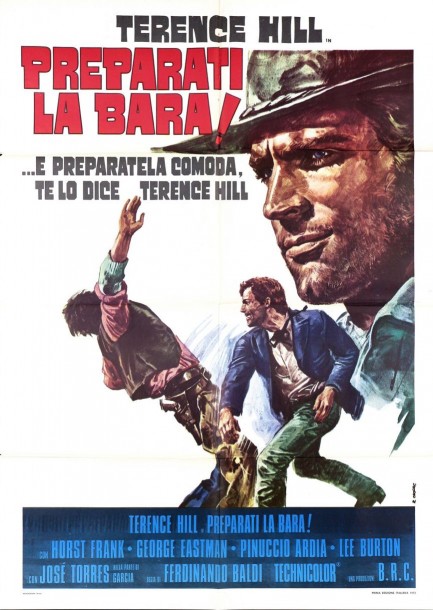
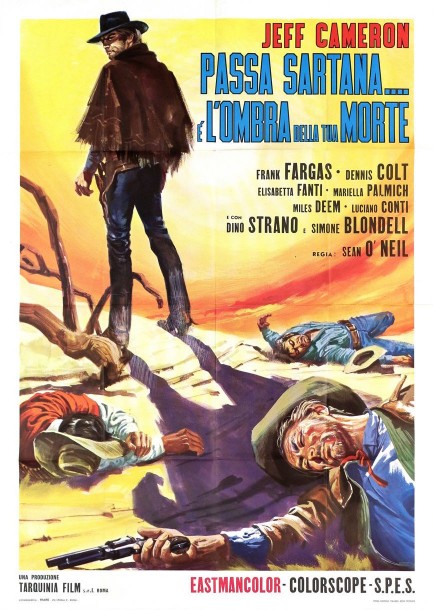
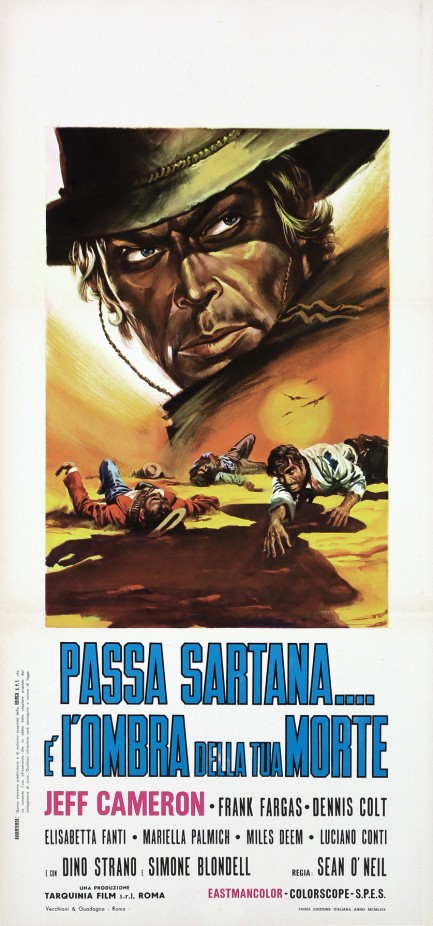
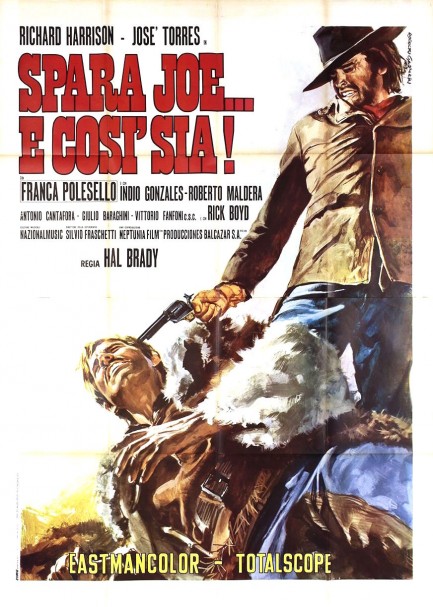
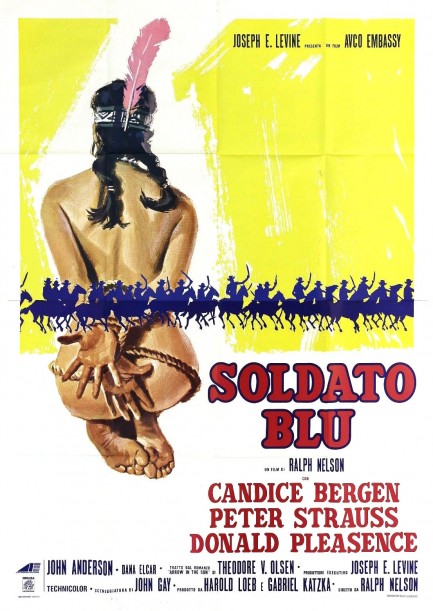
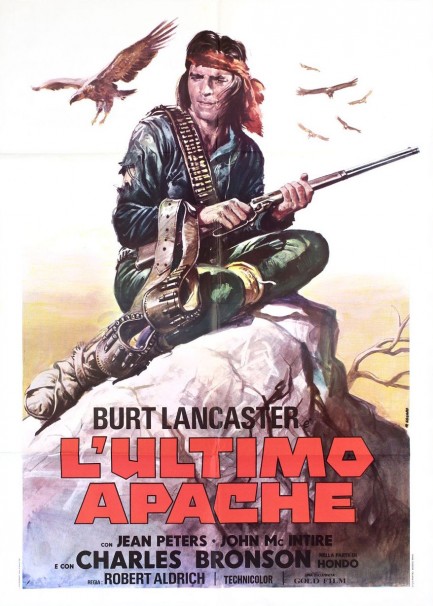
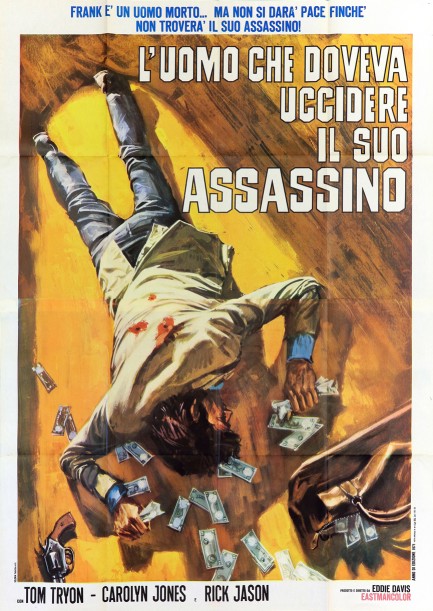
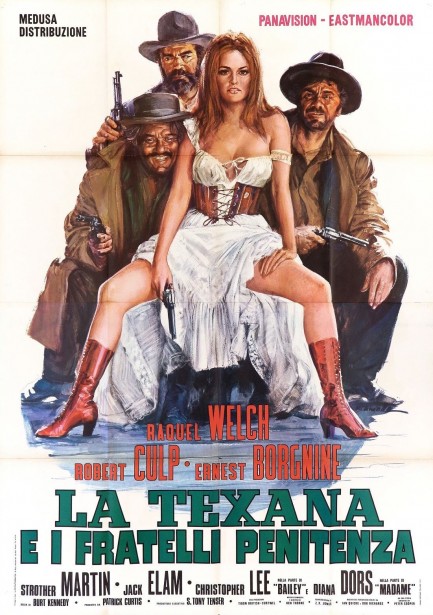
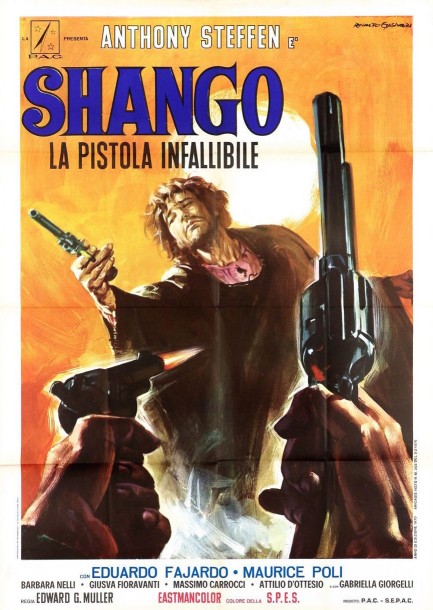
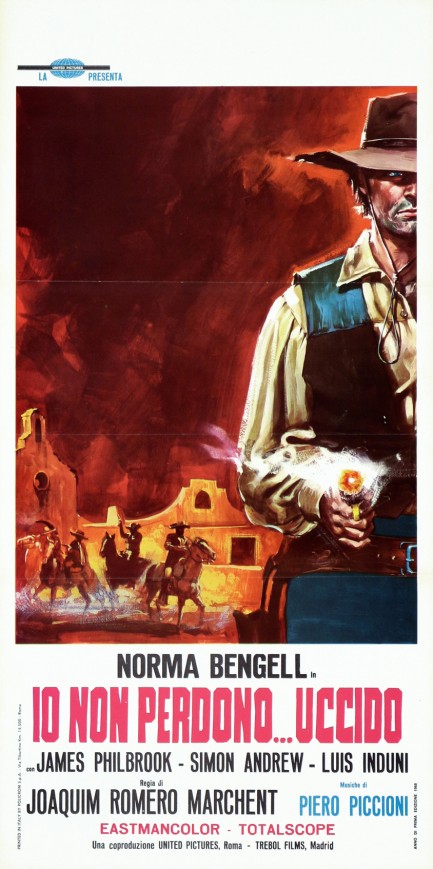
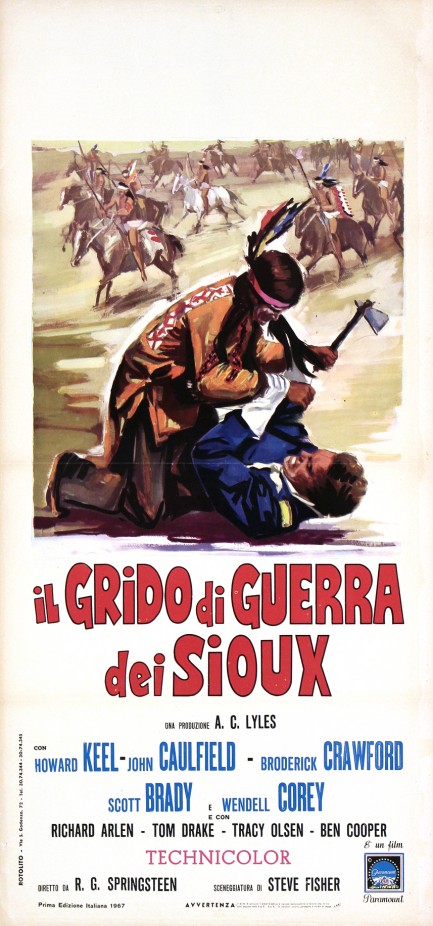
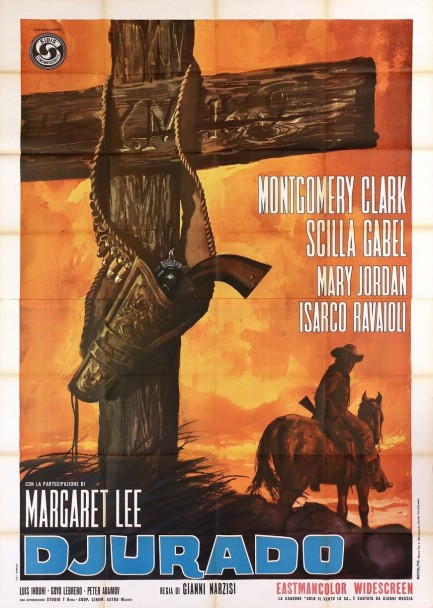





 finished product at film festivals and share the restorer's unique dedication with the world. Meanwhile Sad Hill will become not only a tourist attraction for people passing through the province of Burgos, but a destination for those who contributed to its renewal. As Oliveira commented, “It’s the only cemetery in the world where you can visit your own grave.”
finished product at film festivals and share the restorer's unique dedication with the world. Meanwhile Sad Hill will become not only a tourist attraction for people passing through the province of Burgos, but a destination for those who contributed to its renewal. As Oliveira commented, “It’s the only cemetery in the world where you can visit your own grave.”

